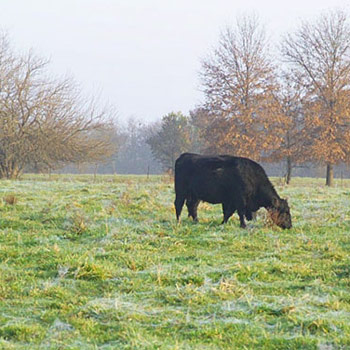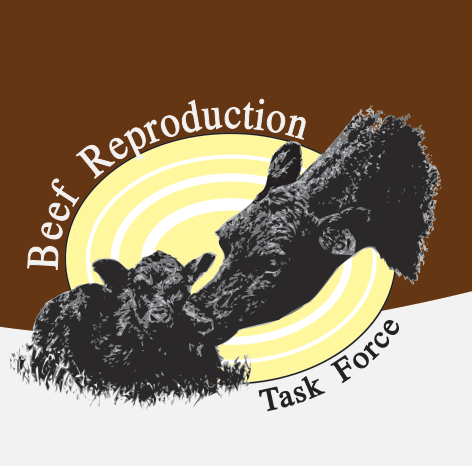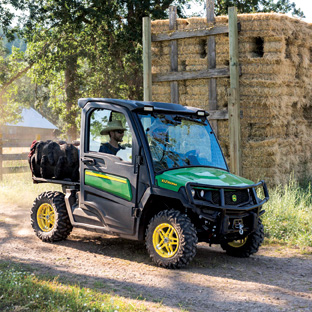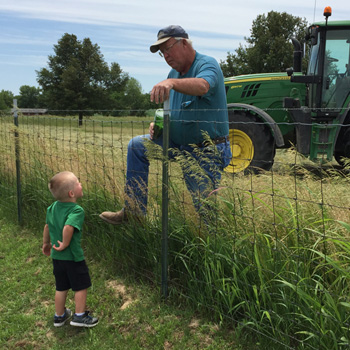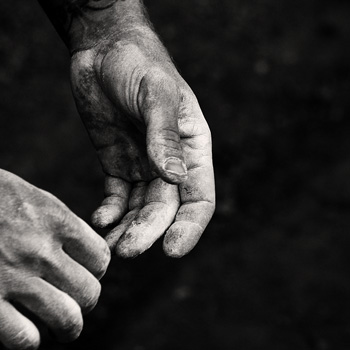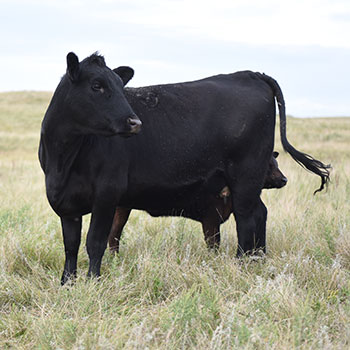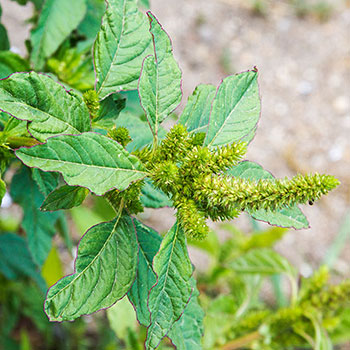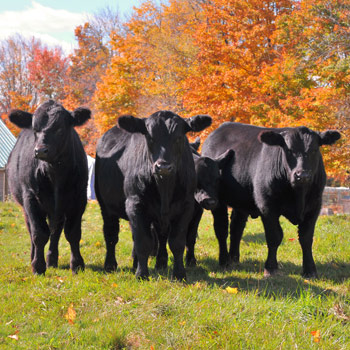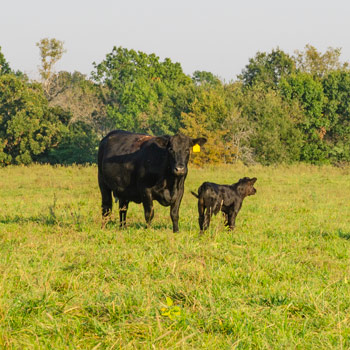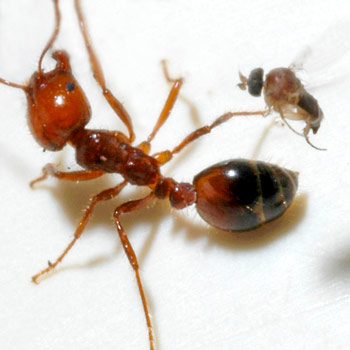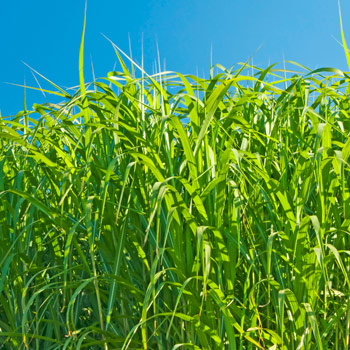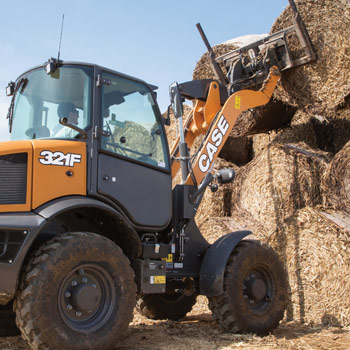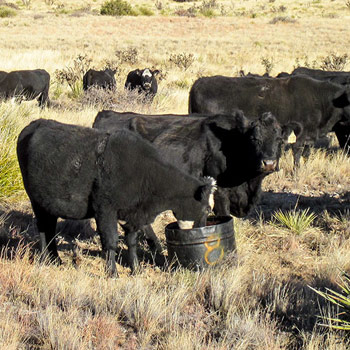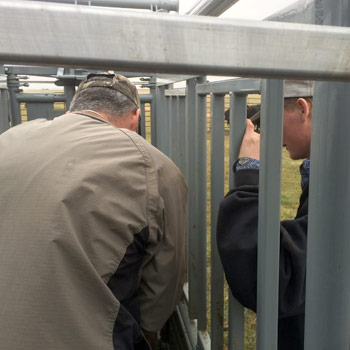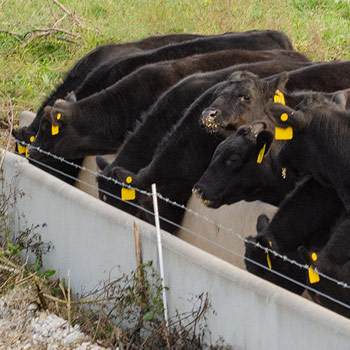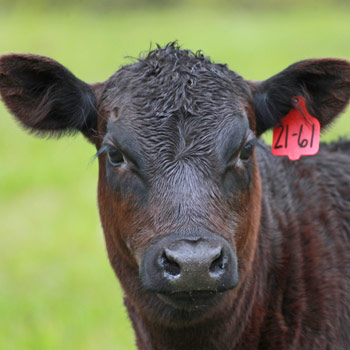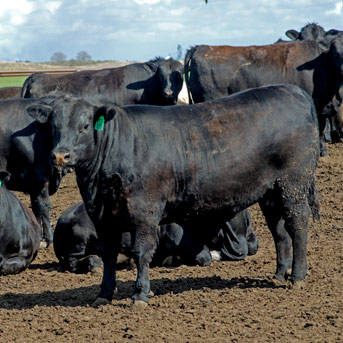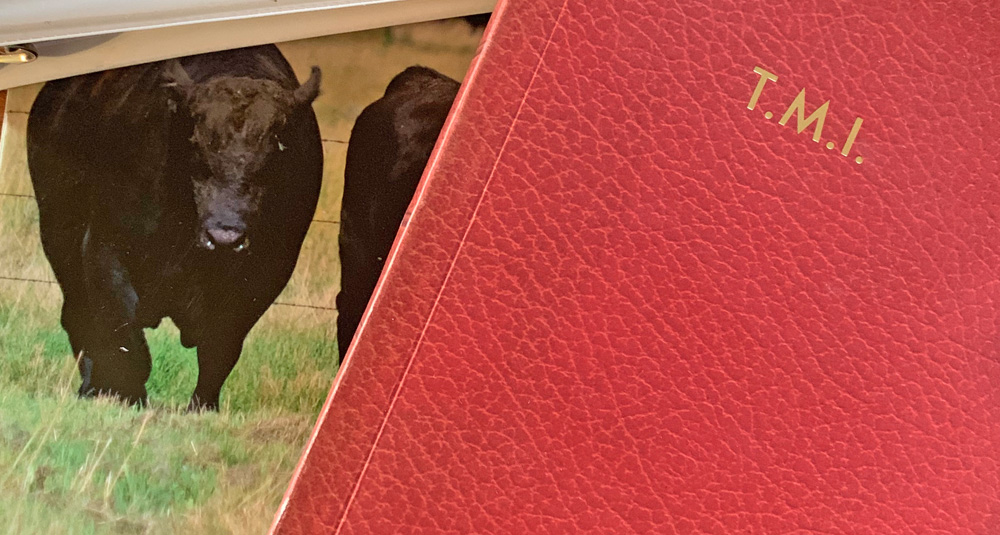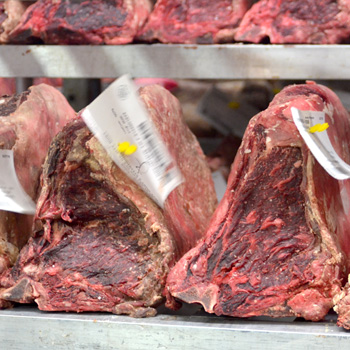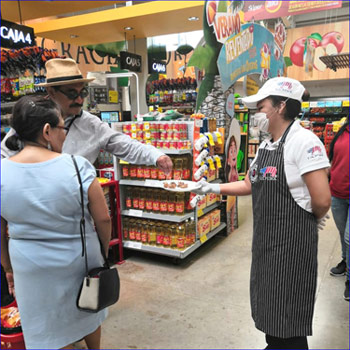Safety Precautions When Working Cattle
Tips offered to keep everyone safe while working cattle.
Many herds are put through the chute twice or more annually. It is important to make sure these tasks are accomplished smoothly and safely, for the health of the cattle and the safety of the crew doing the job.
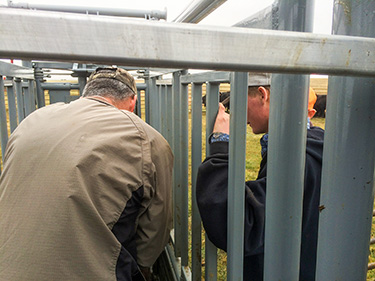 |
If everyone knows their job, things go more smoothly. |
Shannon Williams, University of Idaho Extension educator, suggests having everything planned out for the day. Talk to your crew so they know what vaccine is being used, where it goes, how it should be injected, who is going to do what, which way the cattle will be going, etc. If everyone knows their job, things go more smoothly.
Make sure they know how to handle the vaccine, and use sharp needles to inflict less pain and reaction from the cattle — and therefore less jumping around in the chute.
If a person accidentally gets pricked or vaccinated, be aware that some vaccines could be dangerous. If someone gets injected with blackleg vaccine, for instance, or a medication is splashed into their eyes, take them to the doctor. Take the vaccine or product box and label with you to have the serial number, so the doctor can determine what the human risk might be.
Have a first-aid kit on hand. Know what to do in case of a medical emergency, says Williams.
Give some safety reminders, depending on how many people are involved, says Nora Schrag, veterinarian with Kansas State University. If there’s just one person pushing cattle up and one person working at the chute, it’s not complicated, she admits; but sometimes there might be several people doing things to make it go faster. That increases the risk of getting poked with a needle or another accident occurring.
It pays to do things in a routine, safe way.
“When refilling or holding a syringe, keep your elbows down at your sides. Then if someone walks past you, they’re not as likely to bump your elbow and bump your hand,” she explains. “If refilling syringes, one of the dangers is accidentally poking yourself or someone else. Keep your elbows at your sides, and if you are holding a bottle to refill your syringe, stick out one finger and touch your other arm (for stability/steadiness). Then if someone bumps you, there’s no way the needle will jump into your hand. You already have your hands locked together and braced,” says Schrag.
Always keep safety in mind. When processing cattle, we are reaching through bars to vaccinate or apply medication. Depending on your facilities this may be easy and safe or it could be risky. Pay attention to what you are doing. Always reach over rather than through, when possible, Schrag suggests. If you are reaching through, be aware of what you and the animal are doing, and be ready to pull back if the animal moves. Any time that you can open a bar instead of reaching through is preferable.
The animal may lunge and catch your hand, wrist or arm between it and the bar.
“Even people who have been working around chutes for a long time sometimes get hurt. Minimize situations where your arm could get pinched,” Schrag says.
Think ahead to what might possibly happen. Try to predict problems rather than helplessly watching them happen. It helps if the people who are doing the vaccinating have had some experience and know the risks.
Editor’s note: Heather Smith Thomas is a cattlewoman and freelance writer from Salmon, Idaho. Photo by Ginette Gottswiller.
